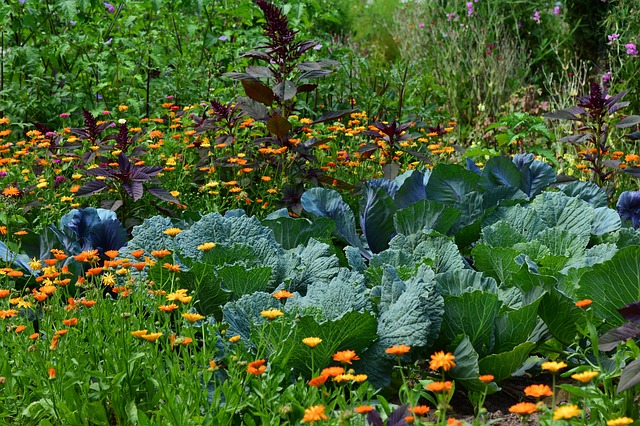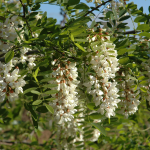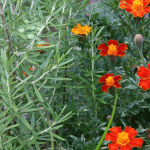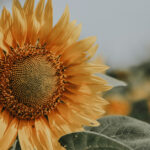Growing Hardy Kiwi in Norway (Zone 7)
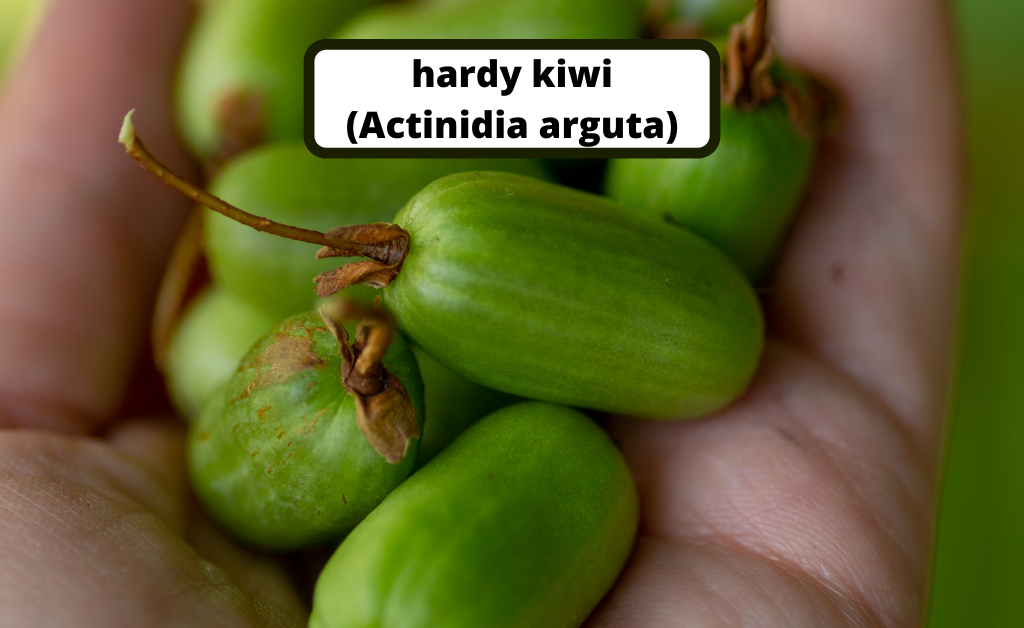
Growing fruiting vines in cold climates can be a challenge, especially when options seem limited to currants or apples. But hardy kiwi (Actinidia arguta)—also known as kiwi berries—offers a surprisingly resilient and productive alternative for gardeners in Zone 7 or similar Nordic climates.
This post documents my own experience growing the self-fertile ‘Issai’ cultivar in Norway, alongside unnamed hardy kiwi seedlings. I cover propagation, pollination strategies, growth habits, and how these vigorous vines are adapting to my garden.
Whether you’re curious about growing kiwi in cold climates or looking for a low-maintenance perennial vine, this guide includes observations from the ground—what’s thriving, what hasn’t, and what I’ll be watching for in the coming seasons.
Hardy kiwi is also known as:
- Siberian gooseberry
- Siberian kiwi
- hardy kiwifruit
- kiwi berry
- arctic kiwi
- baby kiwi
- dessert kiwi
- grape kiwi
- northern kiwi
- cocktail kiwi
I have bought some seeds and managed to get a few plants (I estimate around 20%) to sprout, but those that managed to live seem to be a very slow growers. After around 4 months the plants are not taller than the width of my hand.
My wife discovered hardy kiwis in our local grocery store. We have never seen them before, which isn’t strange as they are best to be eaten as soon as they are ripe, unlike the fuzzy kiwifruit (Actinidia deliciosa).
The hardy kiwis my wife found really showed they were a bit overripe, but they were quite good to eat and I took seeds from 2 of the small hairless fruits.
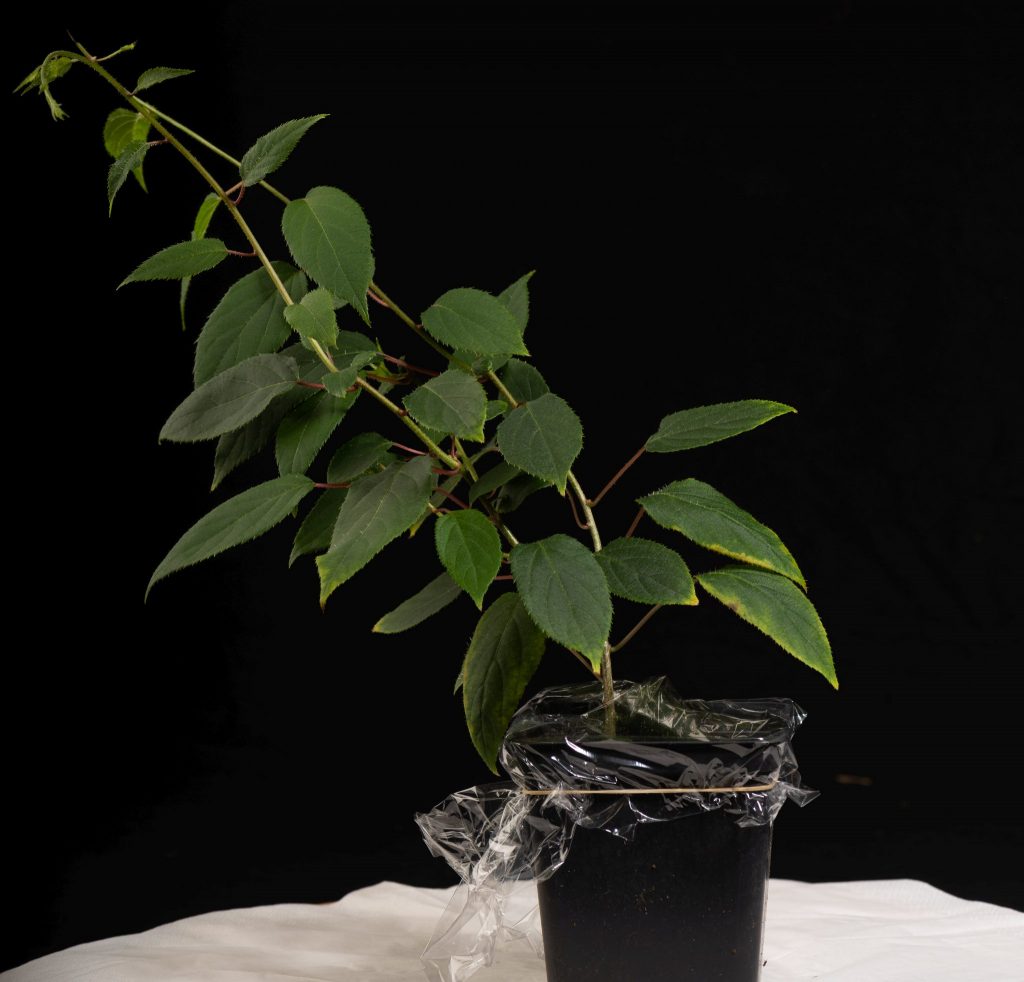
I washed and rubbed the seeds so they would be as clean as possible to prevent any fungus or rot when I put them in some soil. I estimate I got an almost 50% success rate from these seeds and they had the most incredible growth.
I had to prune them back time after time so they would not take over the whole of our rooms.
Propagating Hardy Kiwi: Simple Methods from Established Vines
My wife suggest that I put some of the vines I pruned off the hardy kiwis in a glass of water. “You never know…” she said. And boy did I not know at all. I have never seen such success with fresh, thin cuttings before.
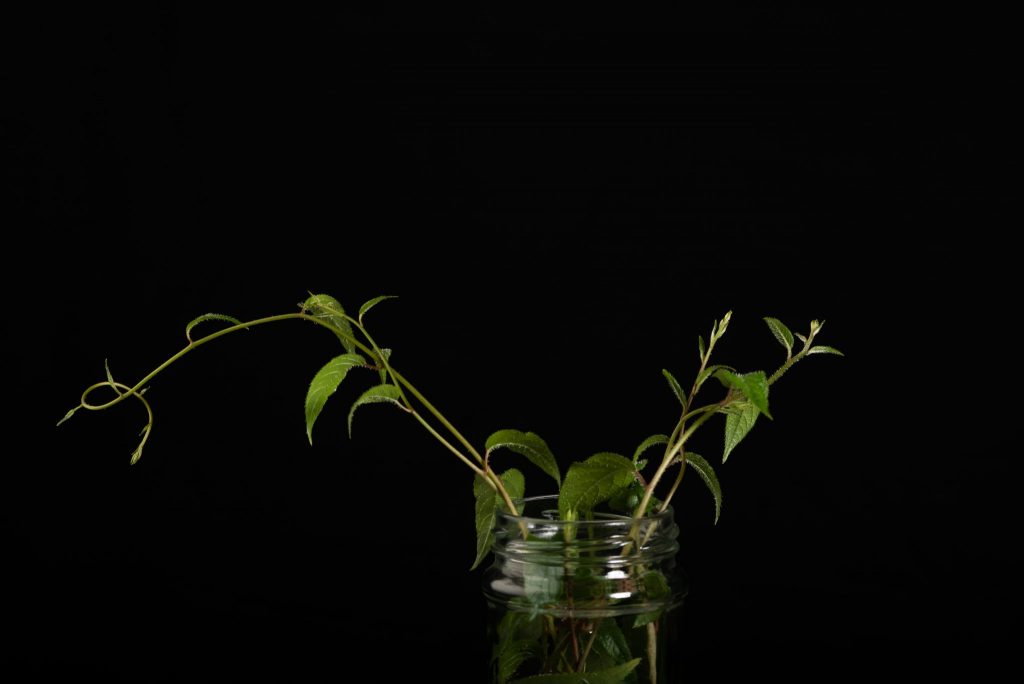
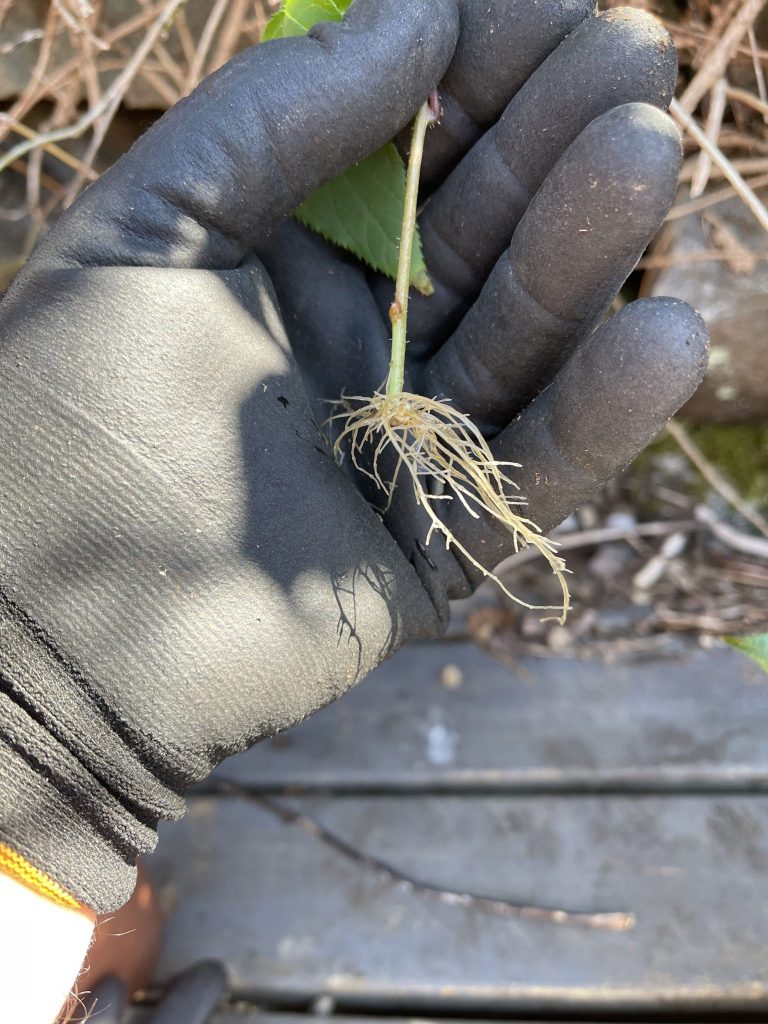
If these vines can cope with our climate then I must be very careful of where I place them and prune them back or I risk them completely strangling everything else that grows.
Best Hardy Kiwi Cultivars for Zone 7 and Norway
Selecting the right cultivar is essential when growing hardy kiwi in cooler climates. While all Actinidia arguta varieties share cold-hardiness, their growth habits, fruit size, and pollination needs vary. Here are a few options suited for Zone 7 and coastal Norway:
‘Issai’ (Self-Fertile)
The most commonly available self-fertile hardy kiwi, ‘Issai’ is ideal for small gardens or growers who want to start with a single vine. It begins producing earlier than most (sometimes in the second or third year) and requires fewer chill hours than other varieties. Although yields are modest compared to female vines pollinated by a male, fruiting improves significantly when a male plant is nearby.
- Fruit: Small, smooth-skinned, sweet
- Vine size: Compact and manageable (up to 3–5 m / 10–16 ft)
- Pollination: Self-fertile but benefits from a male companion
This is the cultivar I currently grow in my garden, and it’s been thriving well so far in Zone 7 conditions.
‘Ananasnaya’ (Anna)
One of the most popular female cultivars, ‘Ananasnaya’ produces medium-sized fruit with a reddish blush and excellent flavor. It is vigorous and cold-hardy but requires a male pollinator for fruit set.
- Fruit: Sweet with a slight pineapple aroma
- Vine size: Vigorous (up to 6–9 m / 20–30 ft)
- Pollination: Requires a male pollinator
I haven’t managed to source ‘Ananasnaya’ locally yet, but if I do, I’ll likely add it to the collection for better yields and to test its performance in my climate.
‘Geneva’
This cultivar is known for early ripening and heavy yields. Fruit is slightly smaller than ‘Ananasnaya’, but the flavor is intense and concentrated. Like most female varieties, it needs a male vine to bear fruit.
- Fruit: Small, very sweet
- Vine size: Moderate to vigorous
- Pollination: Requires a male pollinator
I’ve ordered a ‘Geneva’ vine this season (2025) and look forward to seeing how it performs alongside ‘Issai’. Its earlier harvest window is especially promising for climates with shorter summers.
Do Hardy Kiwi Plants Need Both Male and Female Vines?
Like many perennial fruiting plants, hardy kiwi vines are dioecious, meaning individual plants are either male or female. To produce fruit, you’ll need at least one male vine to pollinate your female plants—unless you’re growing a self-fertile cultivar like ‘Issai’.
Male vines produce flowers with pollen but no fruit, while female vines produce fruit-bearing flowers that require cross-pollination. A general rule is to plant one male vine for every 6 to 8 female vines to ensure good fruit set.
Note: Even self-fertile cultivars like ‘Issai’ benefit from cross-pollination, often producing larger yields when a male vine is nearby.
If you’re unsure which vines you have, you can usually tell once they flower:
- Male flowers have a ring of prominent stamens with pollen
- Female flowers have a central ovary and fewer stamens
You can find cultivar-specific pollination details in the Best Hardy Kiwi Cultivars for Zone 7 and Norway section above.
Hardy Kiwi Growth Updates: Progress and Observations
I will update this as things progress.
As of the 3rd of May 2021, none of them have been transplanted yet.
Discovering ‘Issai’: A Self-Pollinating Hardy Kiwi Cultivar
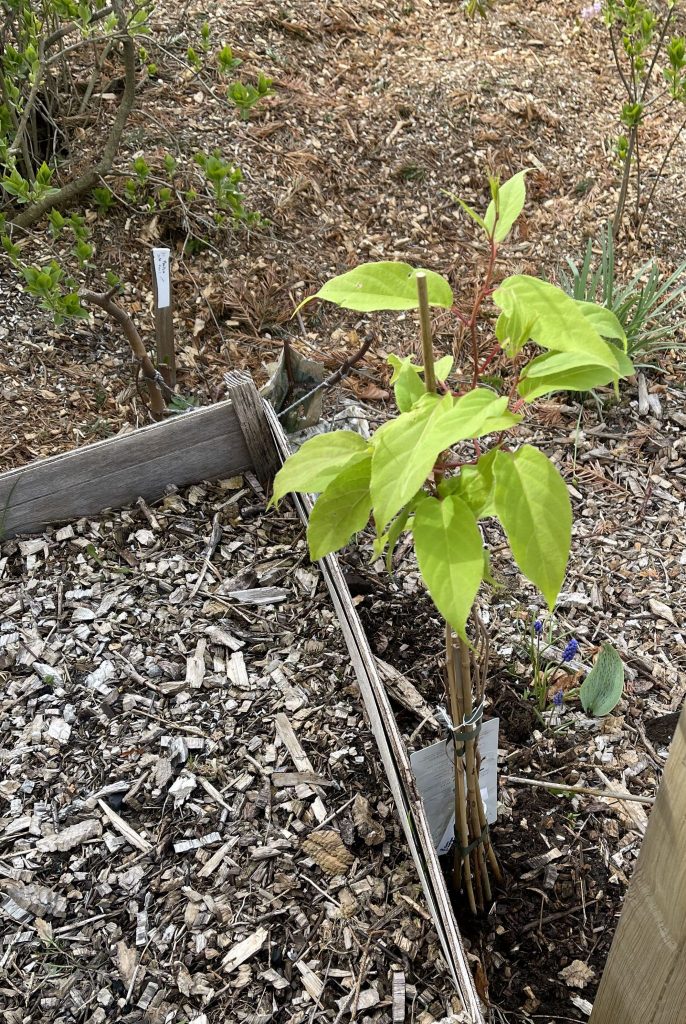
Recently visited a nursery and they had a self-pollinating cultivar named “Issai”.
I bought one and transplanted it fairly in the middle of where I plan to transplant the rest of the kiwis that I soon will transplant. As I presume it can pollinate some of my other female hardy kiwis.
The Issai kiwi is just next to a raised hugelkultur bed, which I hope will provide it will nutrients and make sure that the kiwi will not dry out. The area around the kiwi is filled with woodchips.
Hardy Kiwi vs Fuzzy Kiwi: Key Differences for Cold Climate Gardeners
While Actinidia deliciosa (fuzzy kiwi) is familiar to most, it’s the cold-hardy Actinidia arguta—including self-fertile cultivars like ‘Issai’—that make kiwi cultivation viable in USDA Zone 7 and Norway’s climate.| Feature | Hardy Kiwi (A. arguta) | Fuzzy Kiwi (A. deliciosa) |
|---|---|---|
| Cold Tolerance | Down to −30°C (−22°F) | Down to −10°C (14°F) |
| Skin Texture | Smooth, edible skin | Fuzzy, needs peeling |
| Fruit Size | 2–4 cm (0.8–1.6 in) | 5–8 cm (2–3.2 in) |
| Taste | Sweet-tart, grape-like flavor | Mild, tropical flavor |
| Harvest Time | Late summer to early fall | Mid to late fall |
| Pollination Needs | Requires a male vine for fruit* | Requires male vine |
| Best Zones | USDA Zones 4–8 | USDA Zones 8–9 |
*Note: One hardy kiwi cultivar ‘Issai’, is self-fertile and can produce fruit without a male vine. However, yields are typically improved when a male plant is nearby for cross-pollination.
What Do Hardy Kiwi Fruits Taste Like?
Hardy kiwi berries are smaller than the fuzzy kiwis found in grocery stores, but they’re packed with flavor. Unlike their larger relatives, they have smooth, edible skin, which means they can be eaten whole—no peeling required.
The flavor is often described as sweet-tart with hints of tropical fruit and grape. Some cultivars, like ‘Ananasnaya’, offer a subtle pineapple aroma, while others like ‘Geneva’ are more intensely sweet.
These fruits are ideal for:
- Fresh eating straight off the vine
- Slicing into fruit salads
- Dehydrating for snacks
- Making jams or preserves
Note: One reason hardy kiwi berries are rarely found in stores is their short shelf life. They do not ship or store well, making them best enjoyed fresh from the garden or consumed within a few days of harvest.
Frequently Asked Questions about Growing Hardy Kiwi
Can hardy kiwi grow in Zone 7?
Yes. Most hardy kiwi cultivars thrive in USDA Zones 4–8, including Zone 7 areas of coastal Norway.
Do you need a male plant for hardy kiwi?
Yes—except for the cultivar ‘Issai’, which is self-fertile. However, even ‘Issai’ produces better yields with a male vine nearby.
How long does it take for hardy kiwi to fruit?
Most cultivars begin producing in their 3rd to 5th year, depending on conditions. ‘Issai’ may bear fruit earlier.
How large do hardy kiwi vines get?
Vines can reach 6–9 meters (20–30 feet) and need strong vertical support and regular pruning.
Further Reading: Unearth the Secrets of Growing Gooseberries
If you found this article on growing hardy kiwi intriguing, you might also be interested in another resilient fruit that thrives in various conditions—gooseberries. Learn about their soil preferences, cultivation tips, and much more in our comprehensive guide: Gooseberries Unearthed: Soil Preferences, Cultivation, and More.

